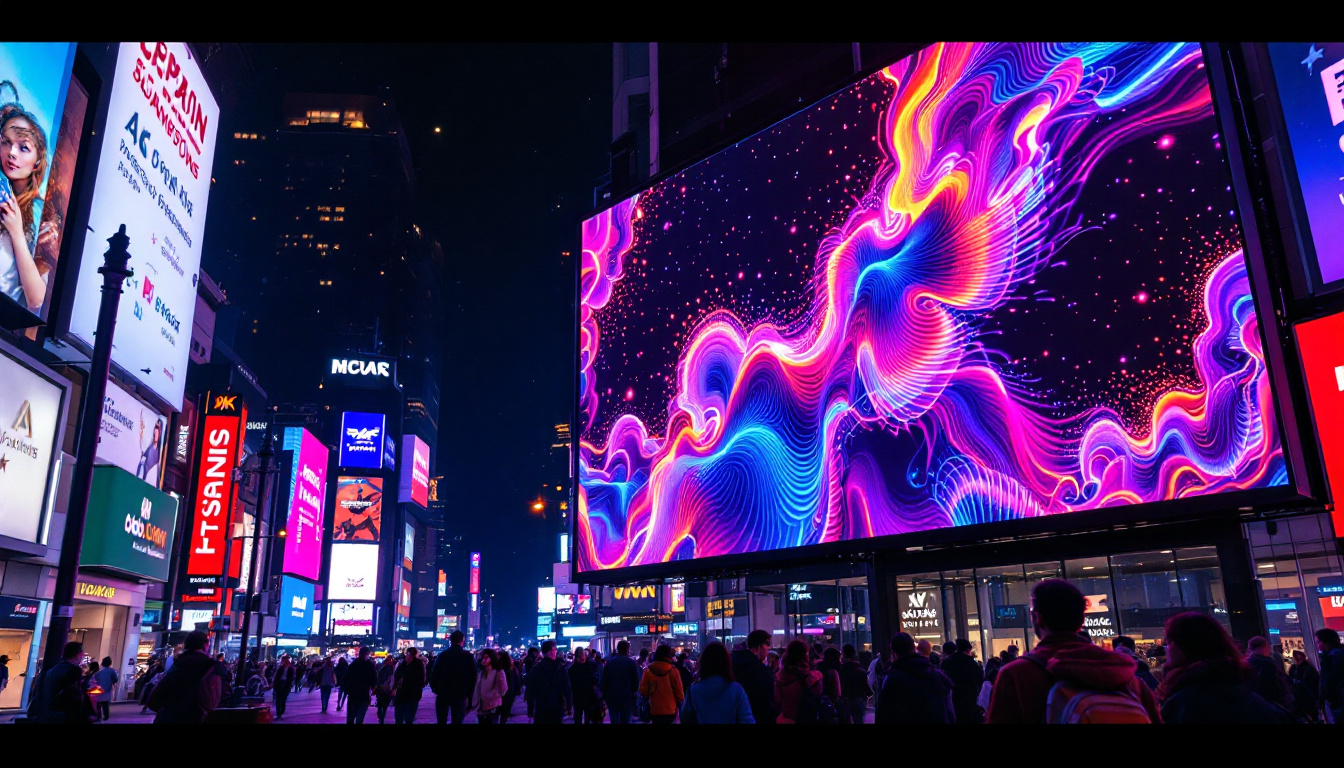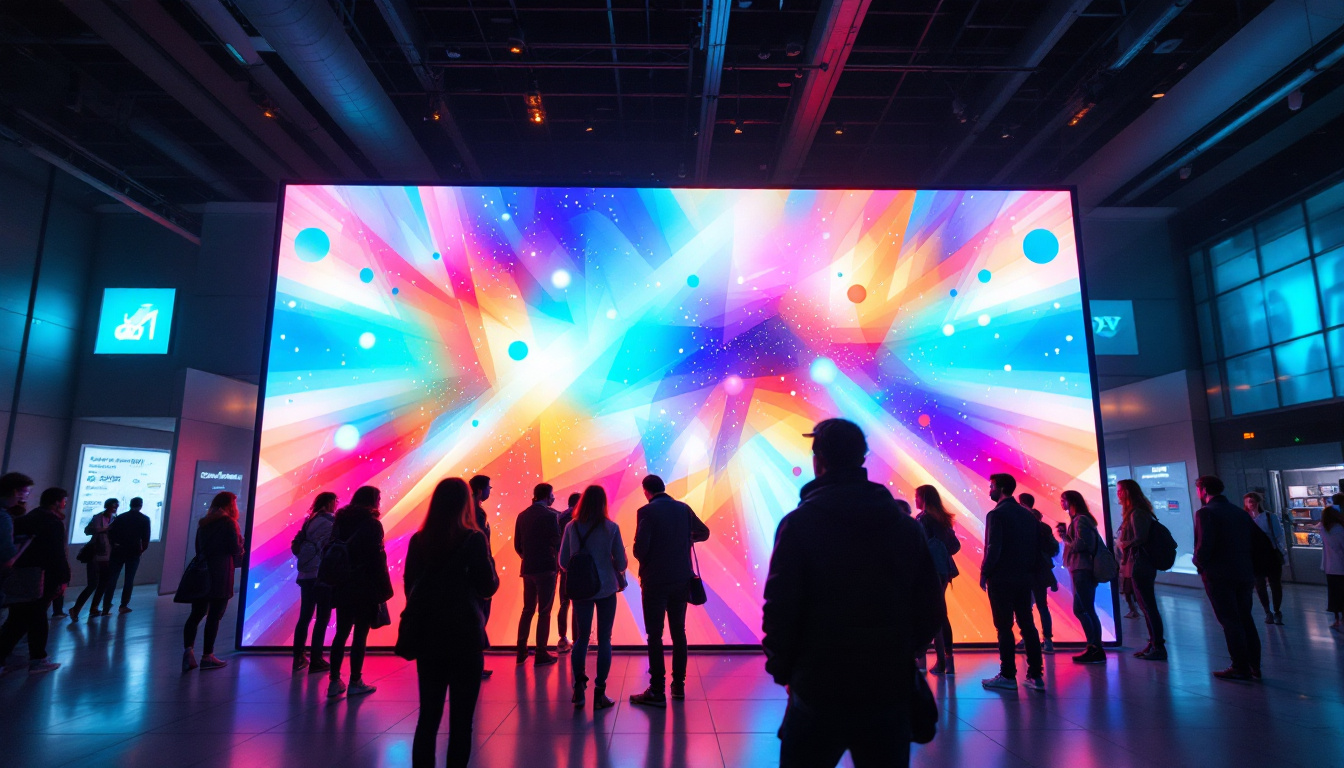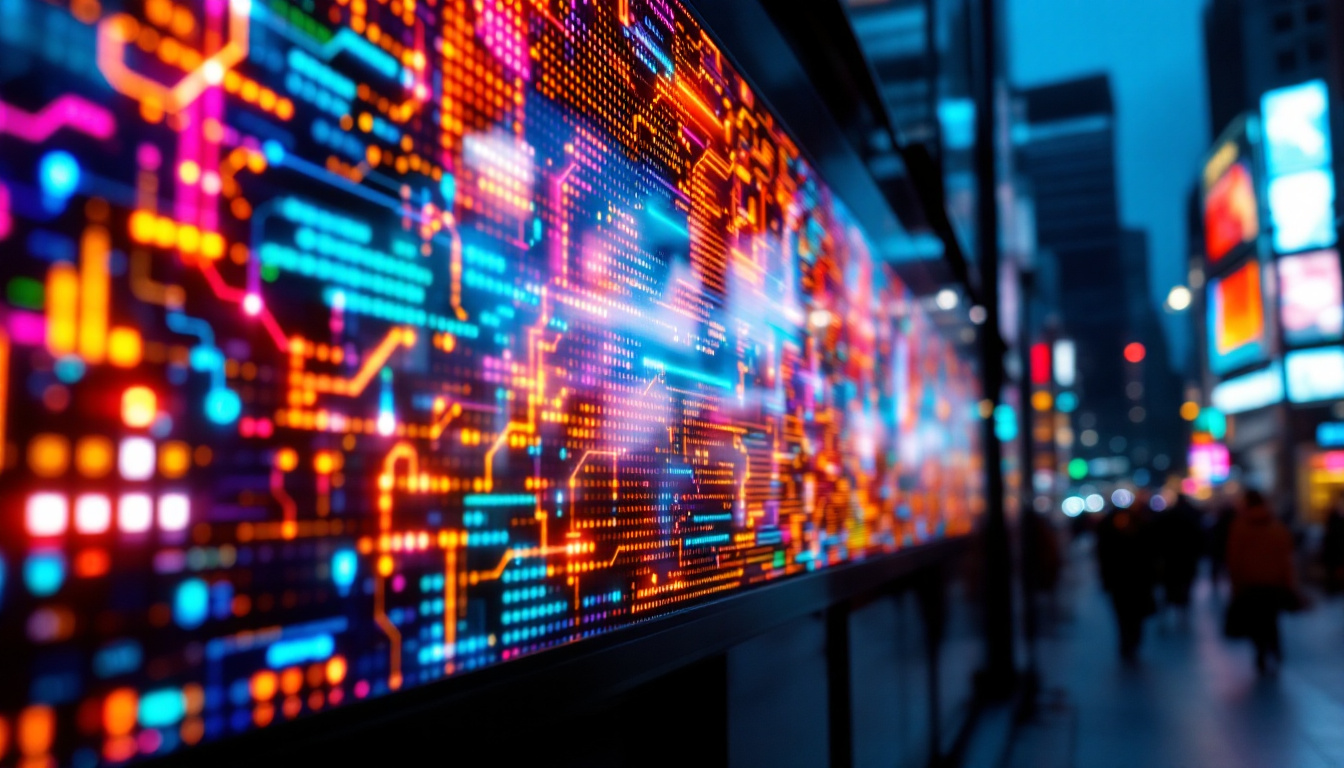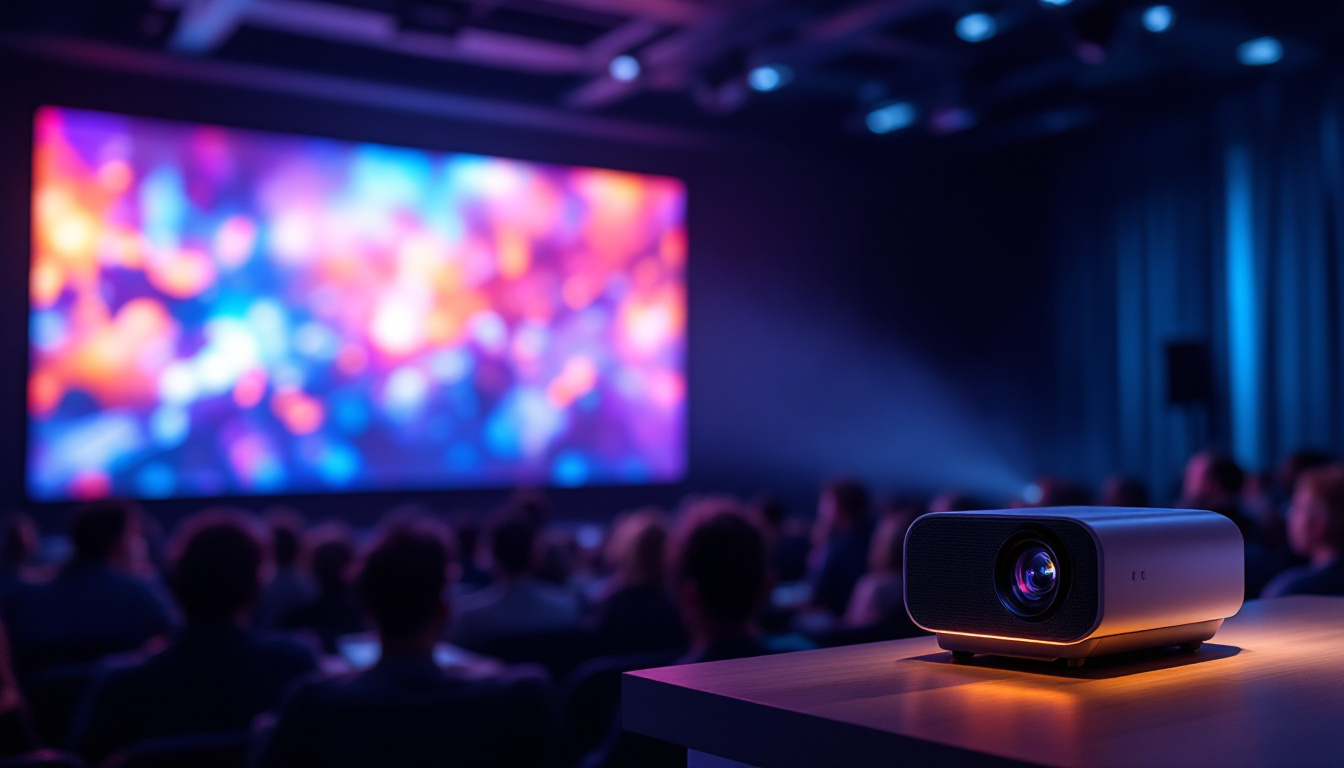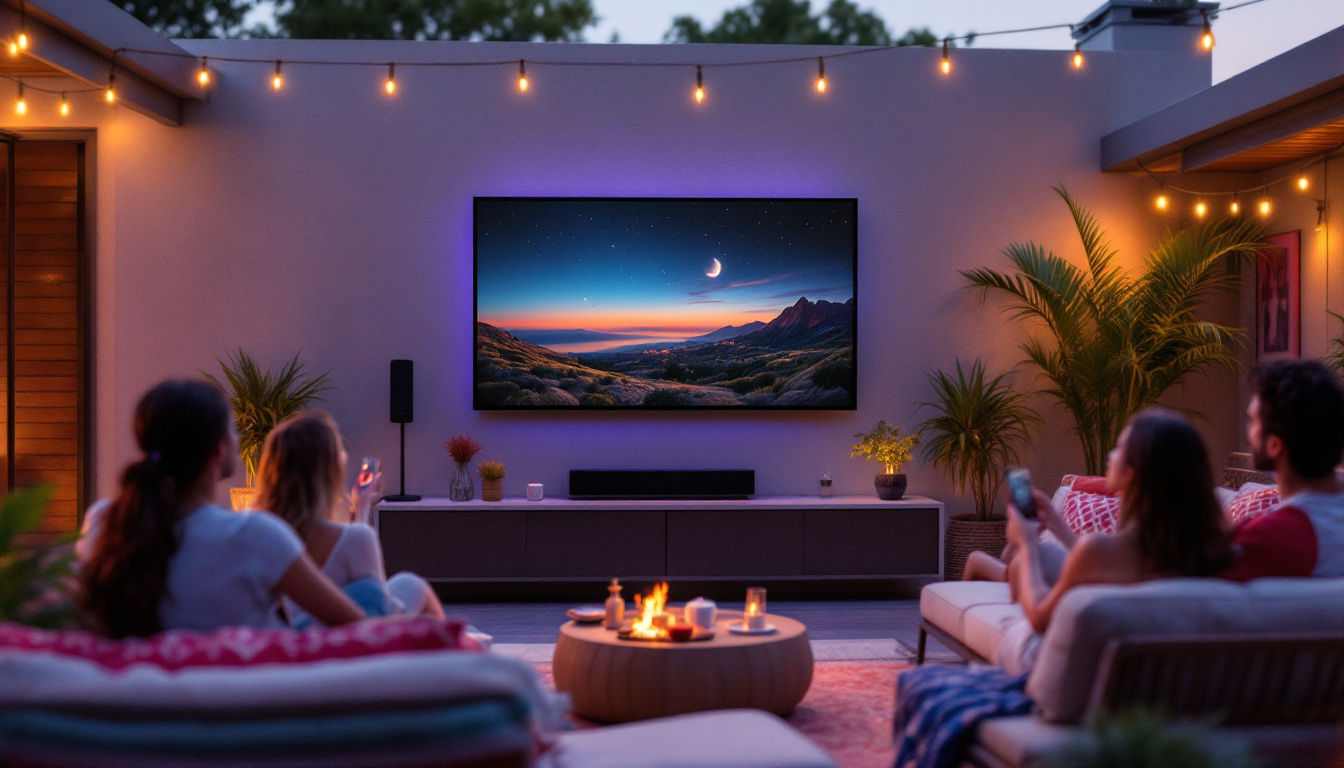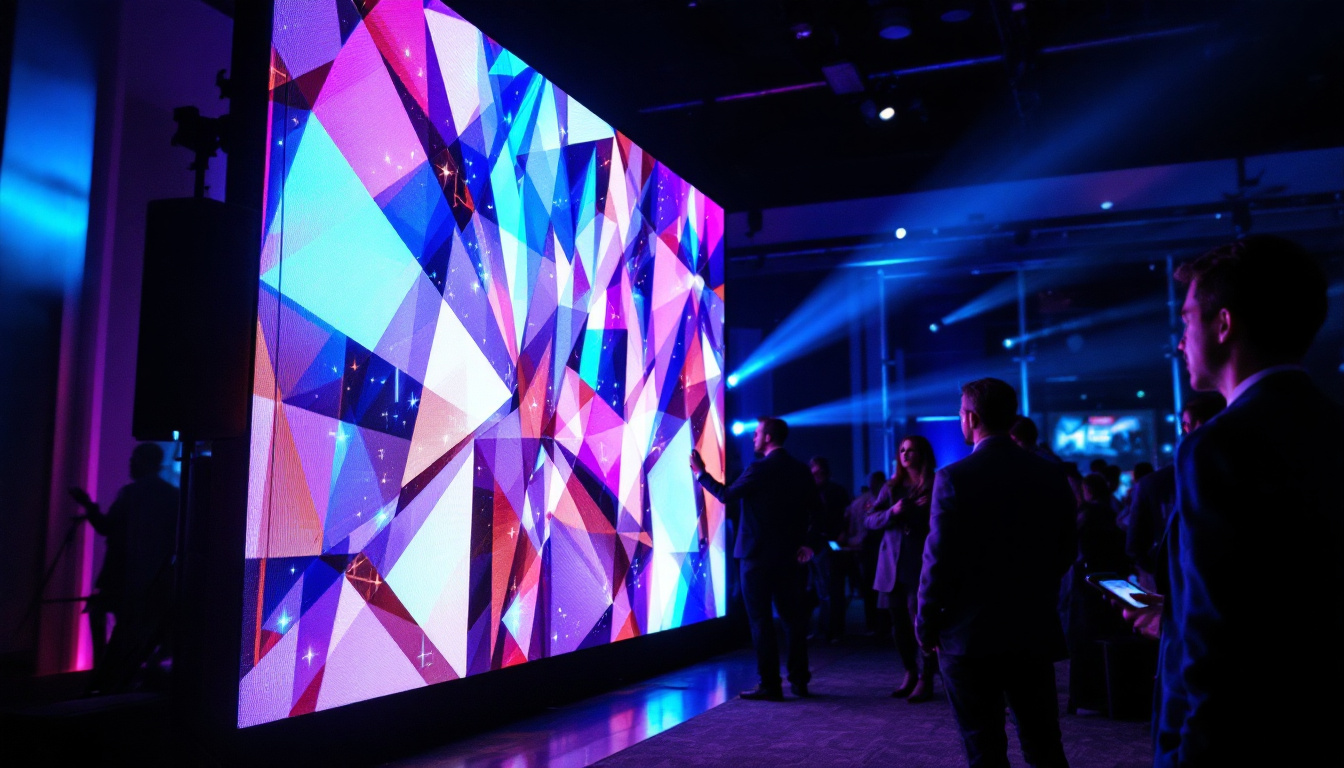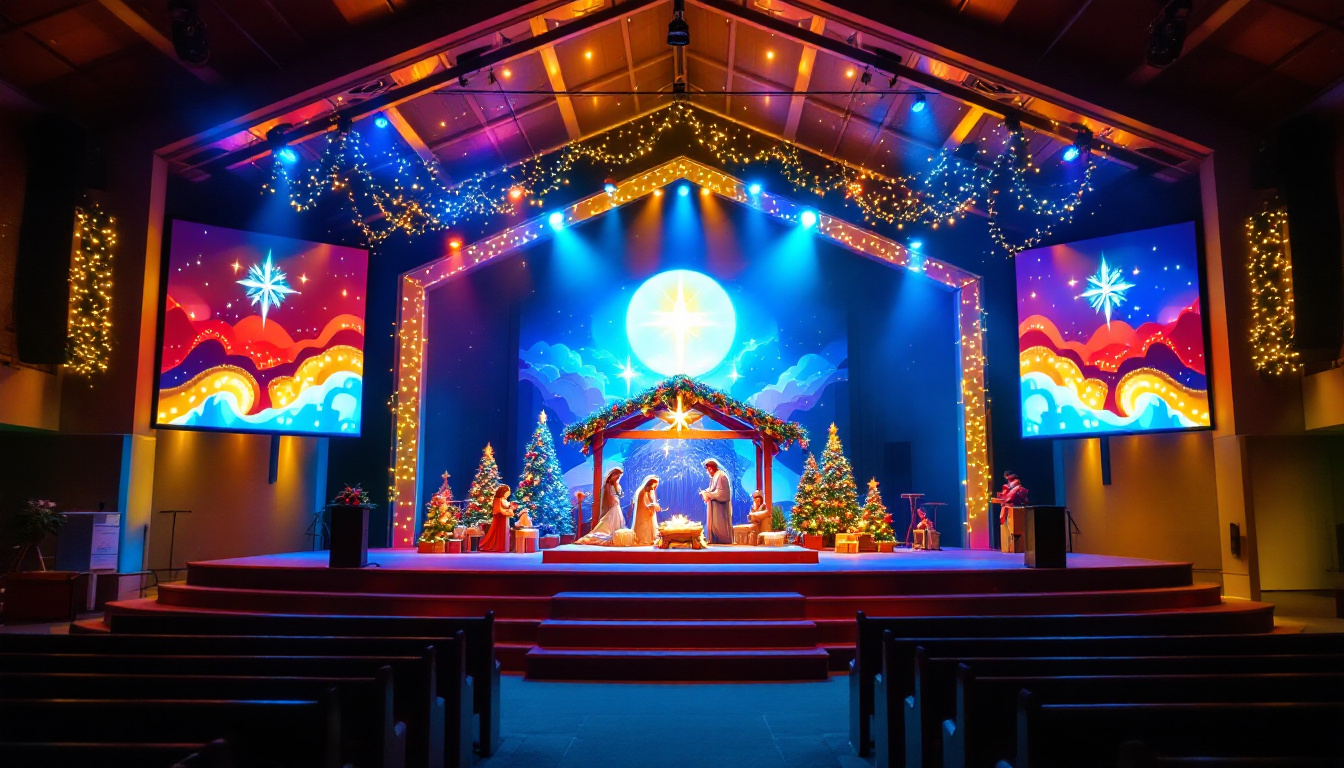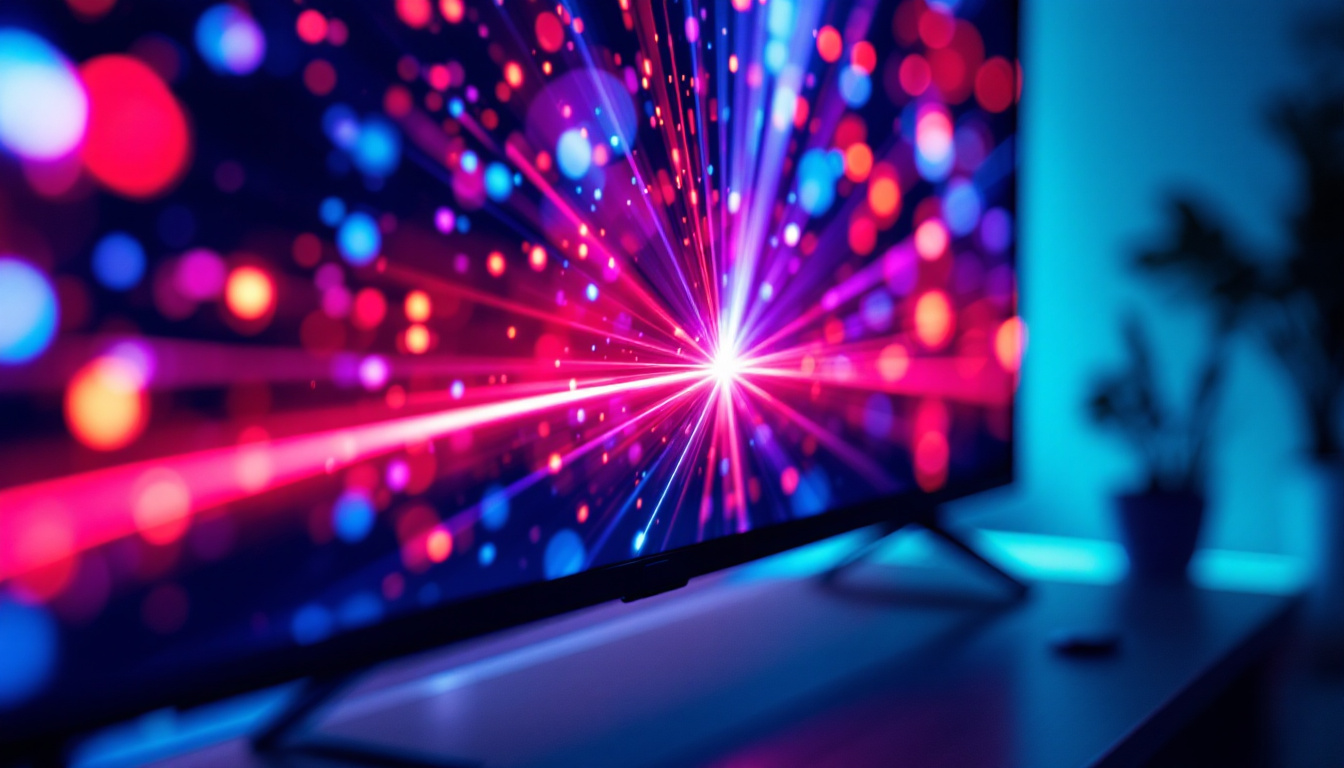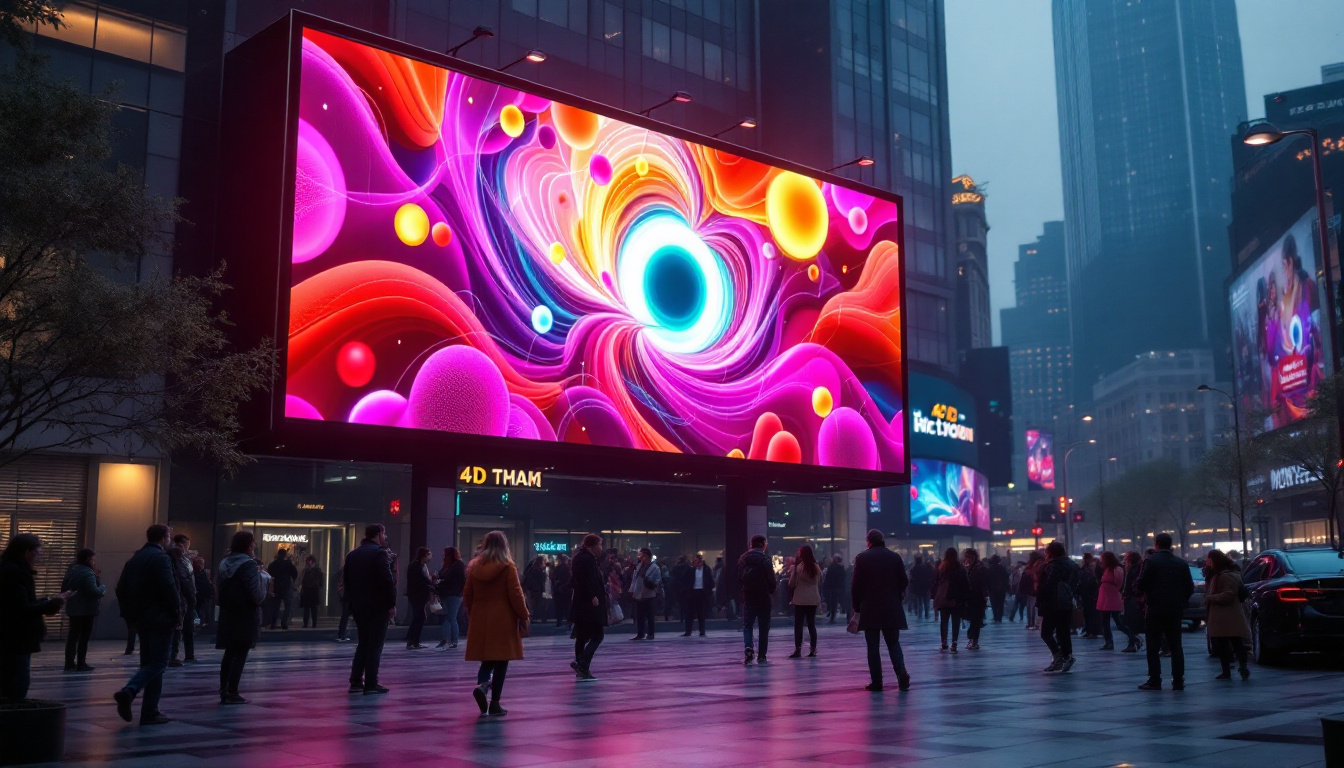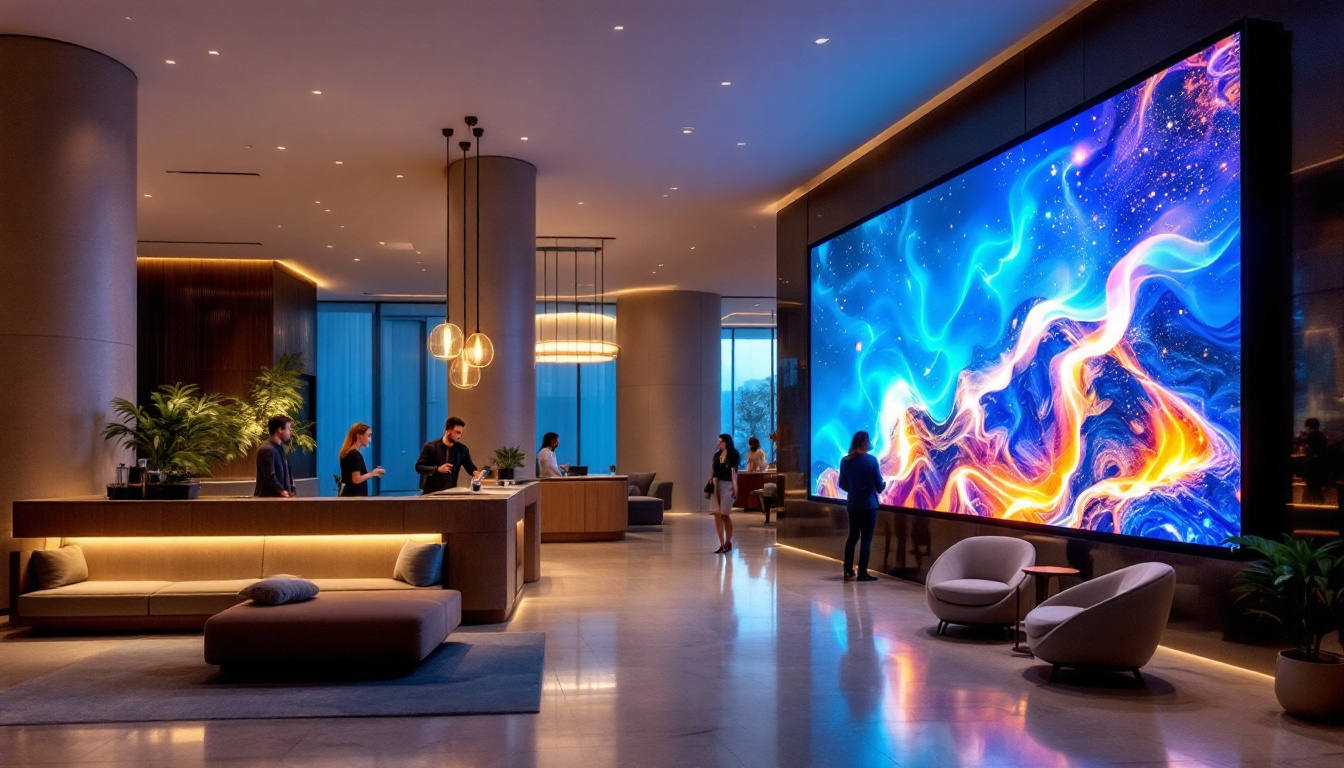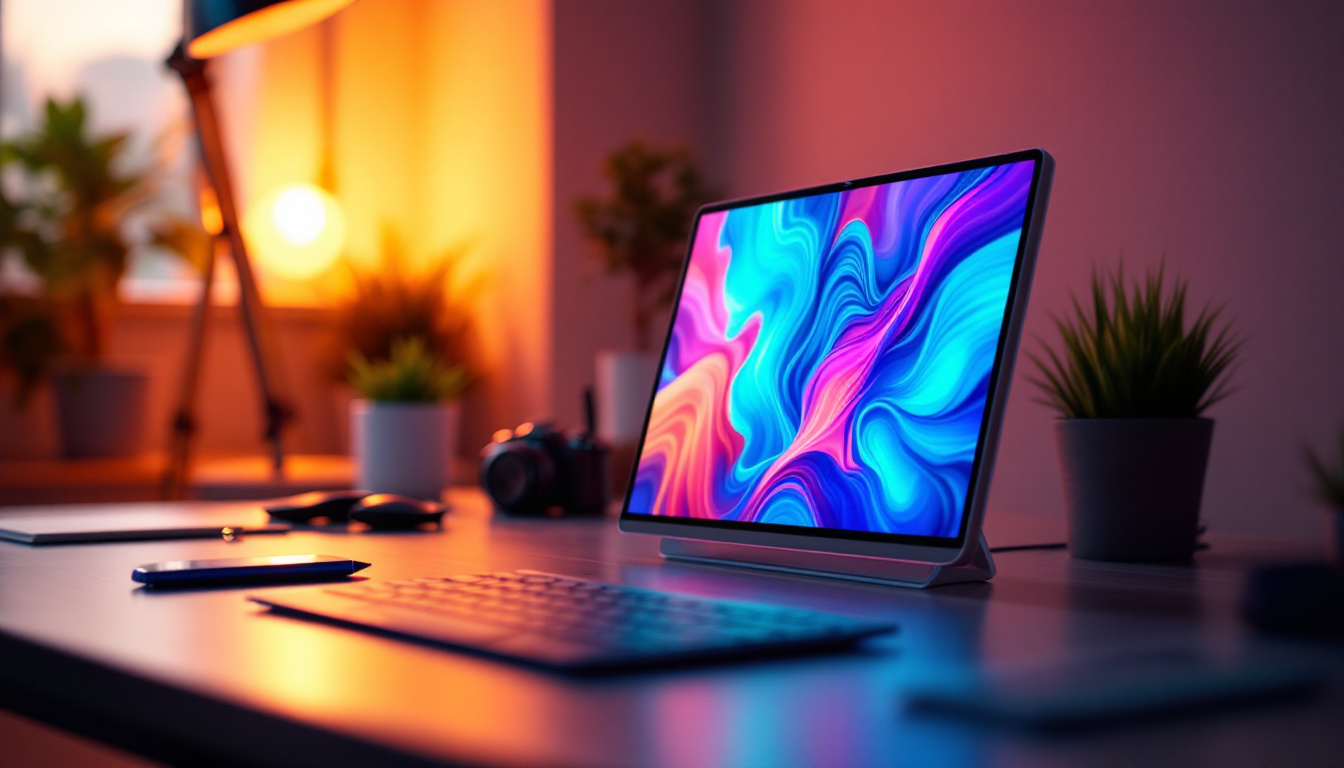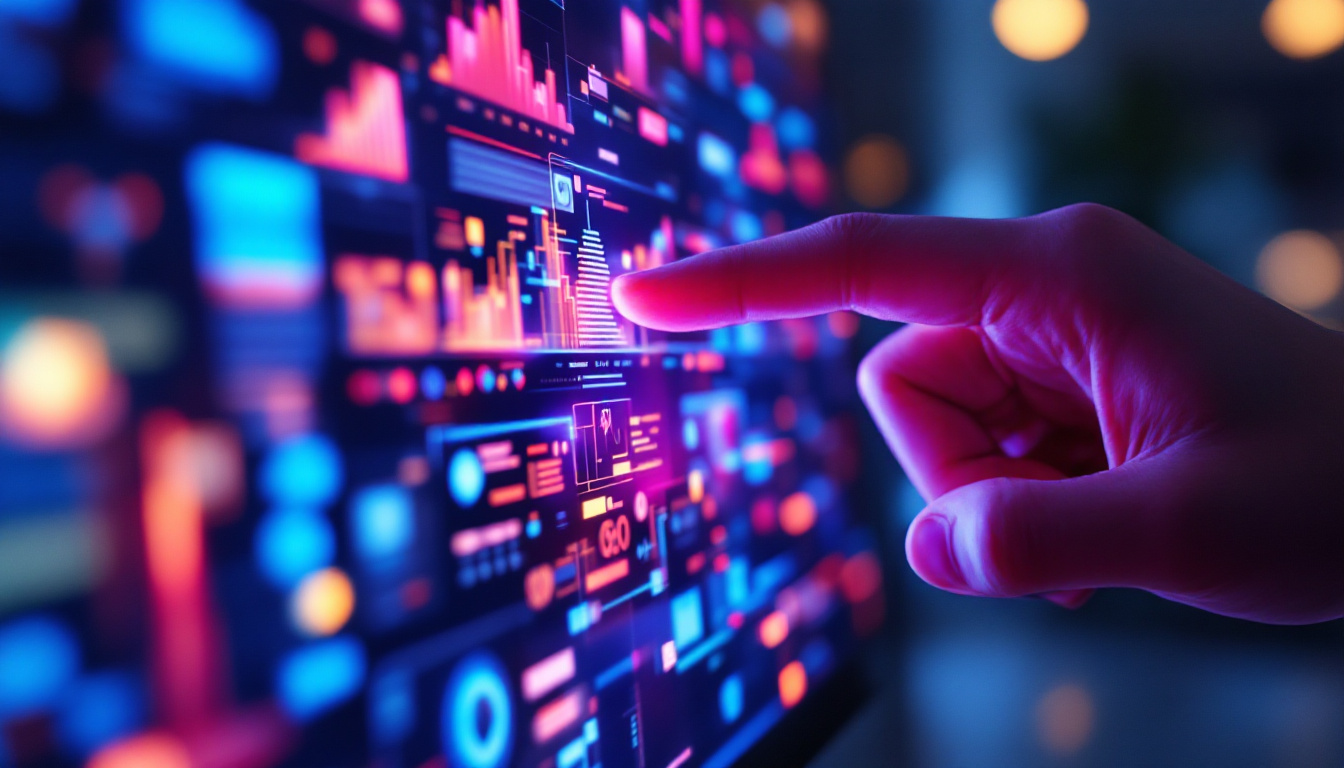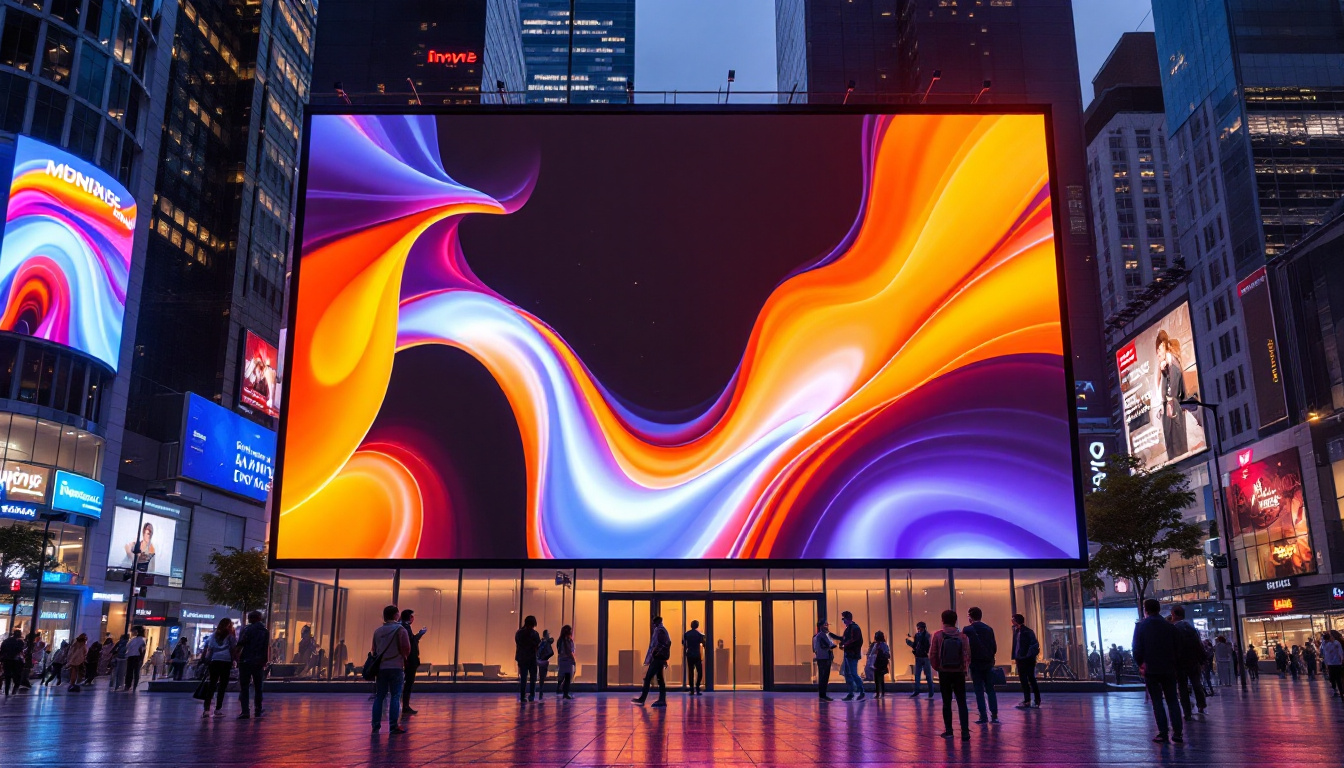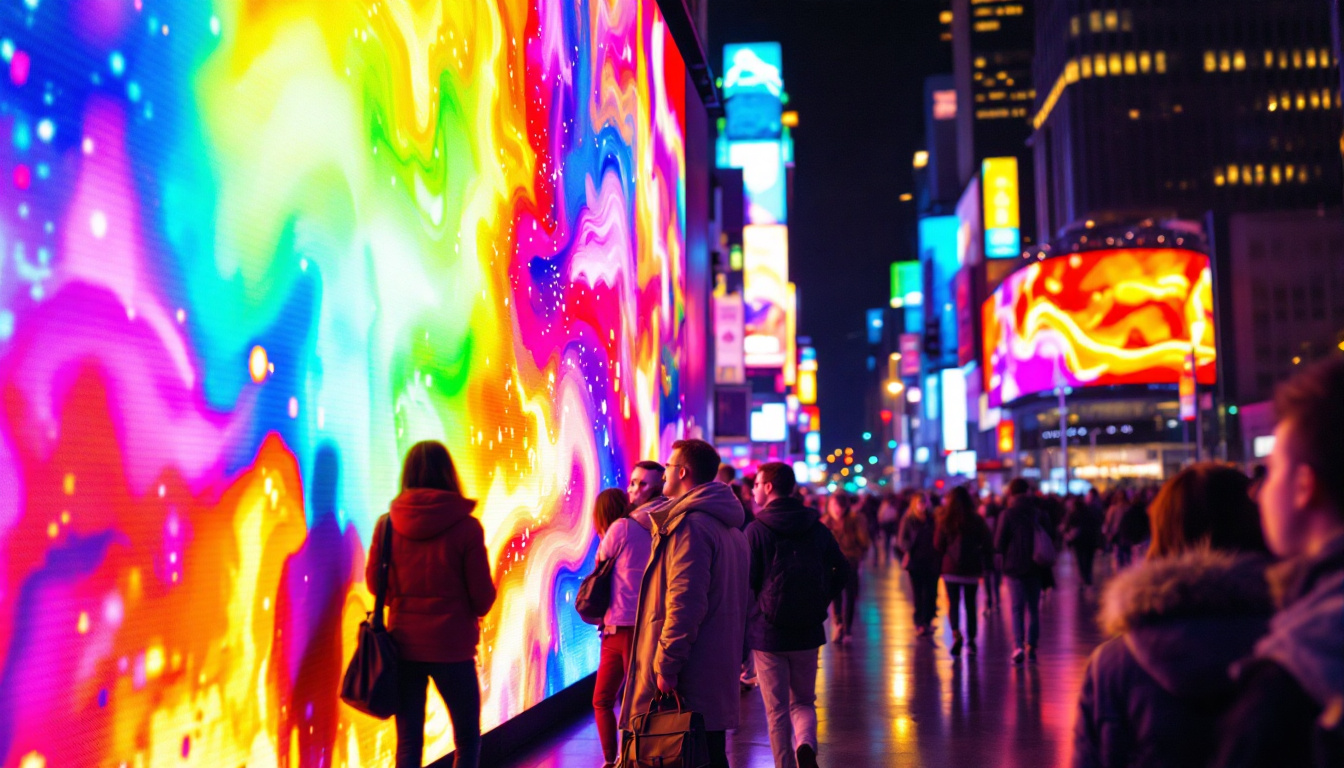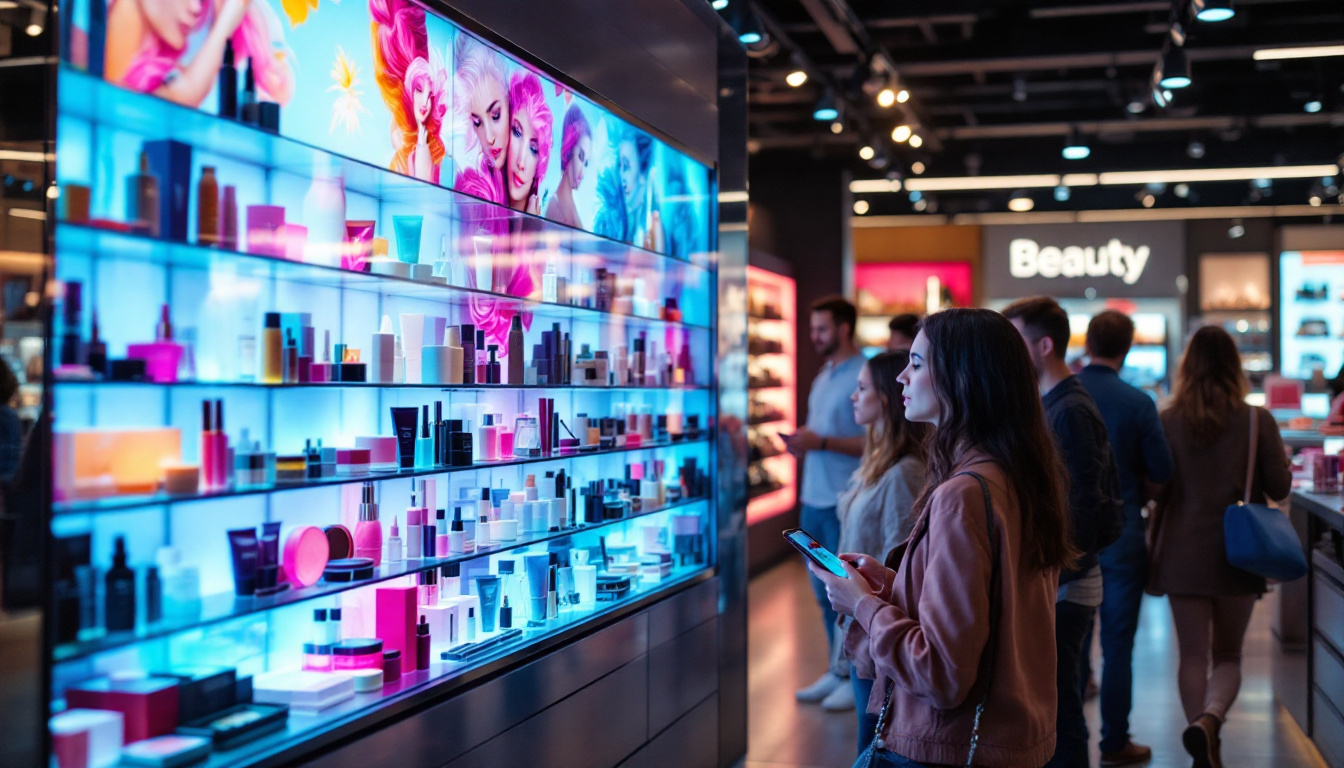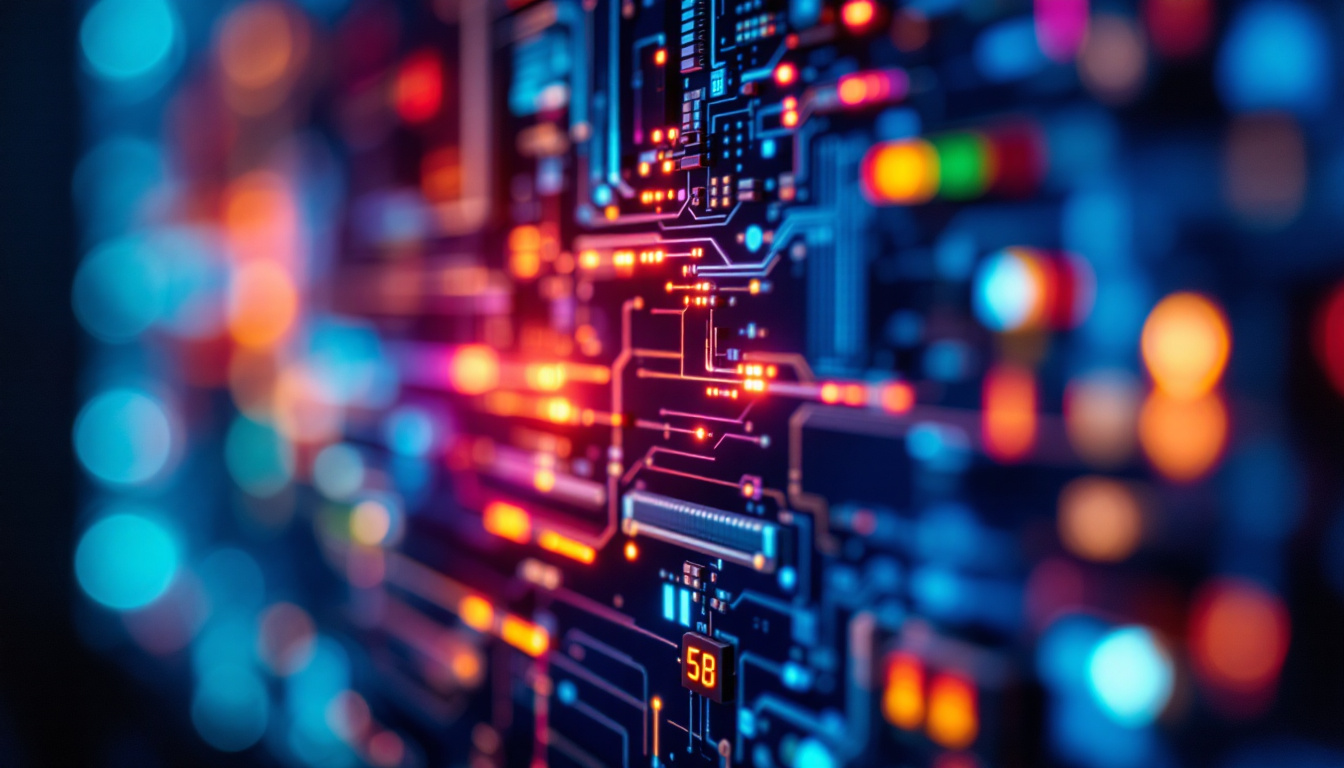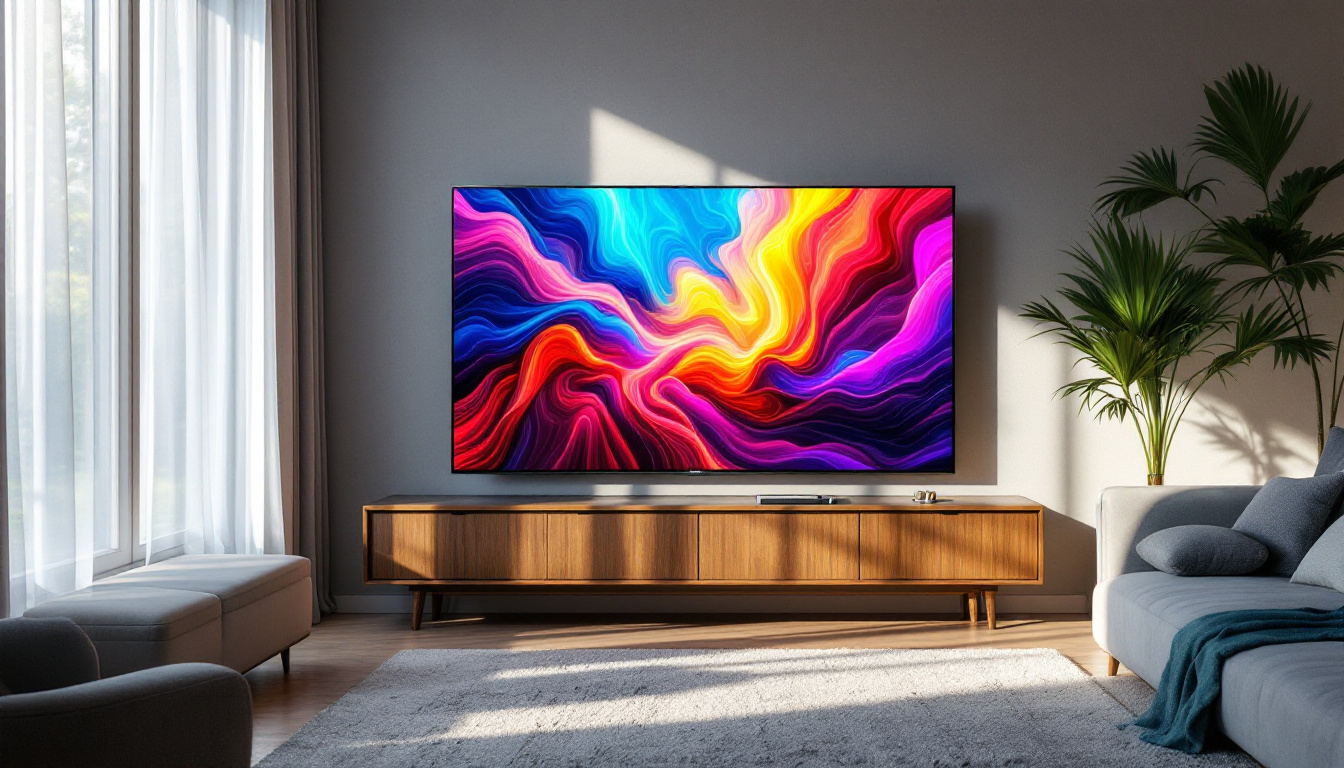In the realm of theatrical production, visual storytelling is paramount. One of the most transformative elements in contemporary theatre design is the integration of LED displays. These dynamic screens not only enhance the aesthetic appeal of a production but also serve practical functions that can elevate the overall experience for the audience. This article delves into the significance of LED displays in theatre design, exploring their benefits, applications, and future trends.
The Role of LED Displays in Theatre
LED displays have revolutionized the way designers approach stagecraft. Traditionally, theatre relied heavily on static backdrops and painted scenery to convey settings and moods. However, with the advent of LED technology, the possibilities for creative expression have expanded exponentially.
Dynamic Backdrops
One of the primary uses of LED displays in theatre is as dynamic backdrops. These screens can project a variety of images, videos, and animations, allowing for seamless transitions between scenes. This capability not only saves time during scene changes but also enhances the narrative by providing visual context that can shift in real-time.
For instance, a single LED backdrop can transform from a serene landscape to a bustling cityscape with just a few clicks. This flexibility allows directors and designers to create immersive environments that engage the audience’s senses and emotions, making the story more compelling. Additionally, the use of LED technology can facilitate the incorporation of live feeds or interactive visuals, enabling the stage to reflect real-time events or audience participation, thereby blurring the lines between performance and reality.
Enhanced Lighting Effects
LED displays also play a crucial role in lighting design. Unlike traditional lighting, which can sometimes create harsh shadows or uneven illumination, LED screens can emit light in a more controlled manner. This allows for softer transitions and a more cohesive visual experience.
Moreover, the ability to synchronize LED displays with other lighting elements on stage can create breathtaking effects. By manipulating color, brightness, and movement, designers can evoke specific moods or highlight key moments in the performance, further enhancing the storytelling. For example, during a dramatic climax, a sudden shift in the LED backdrop’s color palette can heighten tension, while a gentle fade can signal a moment of reflection or intimacy. This synergy between LED displays and traditional lighting techniques opens up new avenues for artistic expression.
Interactive Elements
Another exciting application of LED technology in theatre is the incorporation of interactive elements. With advancements in technology, it is now possible for audiences to engage with the performance through their devices or even through the LED displays themselves. This interactivity can take many forms, from audience polls to augmented reality experiences.
Such innovations not only captivate the audience but also create a more personalized experience. By allowing viewers to influence certain aspects of the performance, theatres can foster a deeper connection between the audience and the story being told. For instance, a production might allow audience members to vote on the direction of the narrative through their smartphones, with the results displayed on the LED screens in real-time. This not only adds an element of surprise but also encourages repeat attendance, as each performance could offer a unique experience based on audience choices. Furthermore, integrating social media feeds into the displays can create a communal atmosphere, where audience reactions and comments are shared live, enhancing the overall engagement with the performance.
Benefits of Using LED Displays
The integration of LED displays into theatre design comes with numerous benefits that extend beyond mere aesthetics. These advantages can significantly impact the production process, audience engagement, and overall success of a performance.
Cost Efficiency
While the initial investment in LED technology may seem high, the long-term cost efficiency cannot be overlooked. Traditional set designs often require extensive materials, labor, and maintenance. In contrast, LED displays can reduce these costs by eliminating the need for physical sets that require constant upkeep.
Additionally, LED screens can be reused across multiple productions, making them a more sustainable option for theatre companies. This flexibility allows for a more streamlined production process, enabling designers to allocate resources to other creative aspects of the show.
Improved Visibility
Visibility is a critical factor in theatre, and LED displays excel in this area. The brightness and clarity of LED screens ensure that visuals are easily seen from all angles of the auditorium. This is particularly important in larger venues where traditional backdrops may struggle to maintain visibility.
Furthermore, LED technology can adapt to various lighting conditions, ensuring that the visuals remain vibrant and engaging regardless of the surrounding environment. This adaptability enhances the audience’s experience, allowing them to fully immerse themselves in the performance without distraction.
Creative Freedom
LED displays provide designers with unprecedented creative freedom. The ability to manipulate visuals in real-time opens up a world of possibilities for storytelling. Designers can experiment with different effects, colors, and animations to create a unique visual language that complements the narrative.
This creative flexibility allows for more innovative productions that push the boundaries of traditional theatre. As designers continue to explore the potential of LED technology, audiences can expect to see increasingly imaginative and engaging performances.
Challenges of Implementing LED Displays
Despite the numerous advantages of LED displays, there are challenges that theatre designers must navigate when incorporating this technology into their productions. Understanding these challenges is essential for successful implementation.
Technical Complexity
The integration of LED displays requires a certain level of technical expertise. Designers must be familiar with the intricacies of the technology, including software, hardware, and programming. This complexity can pose a barrier for some theatre companies, particularly smaller organizations with limited resources.
To overcome this challenge, collaboration with skilled technicians and designers is crucial. Investing in training and education can also empower theatre teams to harness the full potential of LED technology, ensuring that productions run smoothly and effectively.
Budget Constraints
While LED displays can be cost-effective in the long run, the initial investment can be a significant hurdle for many theatre companies. The cost of high-quality LED screens, along with the necessary equipment and technical support, can strain budgets, particularly for smaller productions.
To address this issue, theatres may need to explore funding opportunities, partnerships, or sponsorships to offset costs. Additionally, careful planning and budgeting can help ensure that the investment in LED technology aligns with the overall goals of the production.
Space Limitations
LED displays require space for installation, which can be a challenge in smaller venues. The physical dimensions of the screens, along with the necessary rigging and support structures, must be carefully considered during the design process.
Designers may need to think creatively about how to incorporate LED displays into existing spaces without compromising the overall aesthetic or functionality of the stage. This may involve custom solutions or innovative staging techniques to maximize the use of available space.
Future Trends in LED Display Technology
The future of LED display technology in theatre is promising, with ongoing advancements that are set to reshape the landscape of theatrical design. As technology continues to evolve, theatre designers must stay informed about emerging trends to remain competitive and innovative.
Increased Resolution and Clarity
One of the most significant trends in LED technology is the push for higher resolution and clarity. As technology advances, manufacturers are producing screens with finer pixel densities, resulting in sharper and more detailed visuals. This improvement enhances the overall quality of the production, allowing for more intricate designs and animations.
Higher resolution displays also enable designers to incorporate more complex imagery without sacrificing quality, creating a more immersive experience for the audience. As this trend continues, audiences can expect to see increasingly sophisticated visual storytelling in theatre.
Integration with Virtual Reality and Augmented Reality
The integration of LED displays with virtual reality (VR) and augmented reality (AR) is another exciting trend on the horizon. As these technologies become more accessible, theatre designers can explore new ways to engage audiences through immersive experiences.
By combining LED displays with VR and AR, productions can create interactive environments that blur the lines between reality and performance. This fusion of technology has the potential to revolutionize how stories are told on stage, offering audiences a unique and unforgettable experience.
Sustainability and Eco-Friendly Solutions
As the push for sustainability continues to grow, theatre companies are increasingly seeking eco-friendly solutions in their productions. LED displays are inherently more energy-efficient than traditional lighting and set design, but there is also a growing focus on using sustainable materials and practices in their production.
Future trends may include the development of biodegradable LED screens or the use of recycled materials in their construction. By prioritizing sustainability, theatre companies can not only reduce their environmental impact but also appeal to a growing audience that values eco-conscious practices.
Conclusion
LED displays have undoubtedly transformed the landscape of theatre design, offering unprecedented opportunities for creativity, engagement, and storytelling. While challenges remain, the benefits of incorporating this technology into productions far outweigh the drawbacks. As the industry continues to evolve, theatre designers must remain adaptable and open to innovation, ensuring that they harness the full potential of LED technology.
As audiences increasingly seek immersive and engaging experiences, the role of LED displays in theatre will only continue to grow. By embracing these advancements and exploring new creative avenues, theatre companies can create memorable performances that resonate with audiences for years to come.
Illuminate Your Theatre Production with LumenMatrix
Ready to take your theatrical design to the next level? Discover how LumenMatrix’s cutting-edge LED display technology can transform your stage and captivate your audience like never before. From dynamic backdrops to interactive storytelling, our range of solutions including Indoor and Outdoor LED Wall Displays, Vehicle LED Displays, and more, are designed to bring your creative vision to life with unparalleled clarity and impact. Check out LumenMatrix LED Display Solutions today and elevate your theatre production to an extraordinary visual experience.


